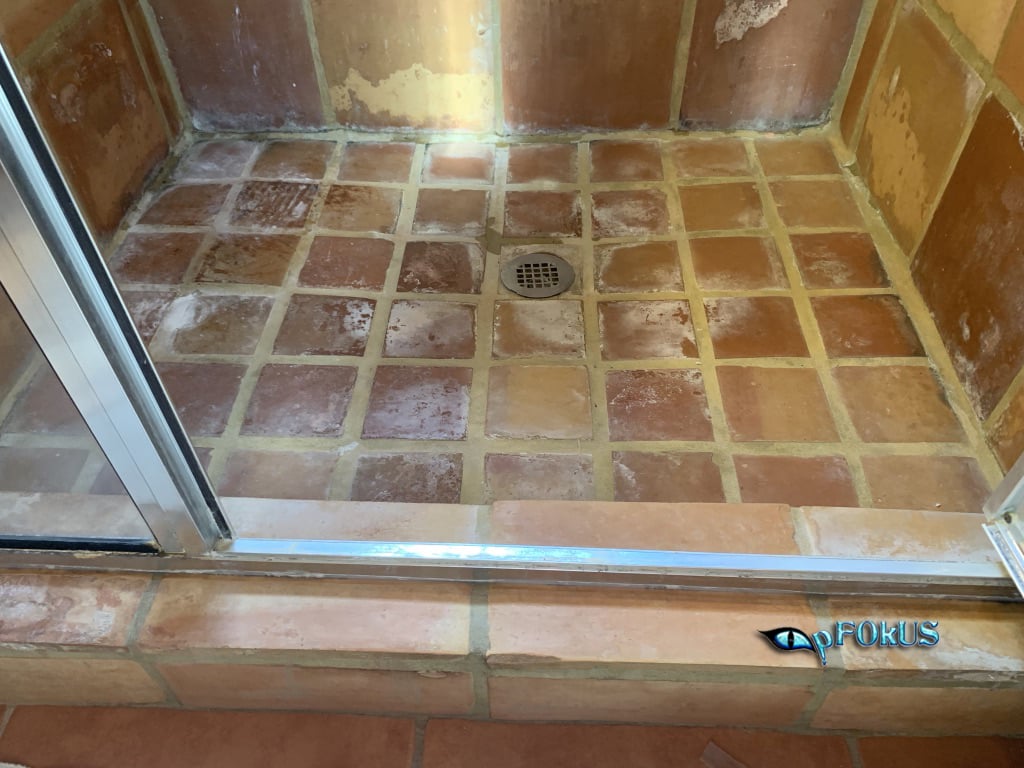Protecting Against Water Damage in the Bathroom
Protecting Against Water Damage in the Bathroom
Blog Article
The content listed below pertaining to How to Prevent Bathroom Water Damage is relatively motivating. Read it yourself and figure out what you think about it.

The restroom is exceptionally susceptible for wet accumulation and also potential water damages due to the constant use of water in it. This write-up provides straightforward inspection methods to help finding water damage threats.
The regular use water in the restroom makes it extremely prone for moist buildup and possible water damage. By evaluating it routinely, you can lower water related problems.
The following collection of inspections is simple to execute as well as need to be done when in every 3 months in order to keep your shower room in good shape as well as to prevent prospective water problems caused by the bath tub, the shower, pipe joints as well as plumbing, sinks, closets, and the commode
Do not neglect doing these inspections as well as be detailed while doing them. Remember that these simple assessments can conserve you a lot of money by giving early indicators for water damages
Bathtub as well as Shower
The shower as well as bath tub require unique interest and also maintenance. Inspect the floor tiles and replace if split. Make certain that there is no missing out on grout between the floor tiles. Evaluate and replace broken caulking at joints where the wall surfaces fulfill the floor or the bathtub. Blocked drains pipes and also pipes problems will certainly protect against the bathtub from drying and may suggest severe troubles under the bathtub. Speak with an expert promptly to stop architectural damage. Pay attention to discolorations or soft areas around the tub wall surfaces as they might show an inner leakage.
Plumbing
Signs for water damage are hard to spot because a lot of pipelines are set up inside the wall surfaces.
Pay unique focus to floor covering and also wall surfaces dampness and also discolorations as they might show an invisible plumbing trouble. Examine dampness levels in adjacent spaces too.
Sinks and also Cabinets
Sinks and also cabinets are exposed to moisture as well as humidity everyday as well as are commonly ignored. Check consistently under the sink and also on the countertop over it. Fix any kind of drip in the catch as it might recommend drainpipe troubles. Check out the sink, sluggish draining pipelines might suggest an obstructed drain. Replace sink seals if they are broken or loose.
The Bathroom
The bathroom is a susceptible water junction. Check the water lines and look for leaks around the bathroom seat, in the pipe, and also under the water container. If you identify any kind of indicators of dampness on the flooring around the bathroom, check for leaks in the toilet rim and also container seals.
Realize that hanging bathroom bowl deodorants increases the chances for obstructions.
10 TIPS TO PREVENT WATER DAMAGE IN THE BATHROOM
The average household uses approximately 80-100 gallons of water per person per day. For a family of 4, that's almost 2,500 gallons of water a week! The largest portion of this consumption comes from bathroom use. Flushing the toilet uses the most water, followed by taking a shower or bath. With that much water running through the home, water damage in the bathroom is bound to happen. Knowing how to spot signs of a water leak is essential to preventing long-term damage. This guide provides you with tips to reduce the impact of water damage on your bathroom.
CAUSES OF BATHROOM WATER DAMAGE
Pipe breaks are the most common cause of water damage we see in our daily jobs. The age of a pipe plays a large role in a pipe break as well as corrosion. Over time, the metal begins to break down, allowing water to escape. Frozen pipe breaks are also a concern in the winter months. Toilet overflows caused by paper products or children flushing inappropriate items. Degraded caulking around the toilet or bathtub can allow water seepage, sometimes behind the fixture, into the subfloor or walls. Condensation forms when the water in a pipe is cooler than the air temperature. Beads of water form on the exterior of the pipes, sometimes so much so that the water begins to drip and pool below. Sink or shower backups created by poor drainage. HOW TO PREVENT WATER DAMAGE IN YOUR BATHROOM
Inspect your toilet supply line for worn or frayed hoses and replace them as needed. Winterize your plumbing to prevent a frozen pipe break. Use vent fans to prevent condensation that can lead to mold growth. Routinely check and replace degraded caulking around your toilet or bathtub. Increase the temperature in your toilet tank and insulate your pipes during the warm summer months to keep condensation from forming. Use child safety locks on the toilets. Flush only toilet paper. "Flushable" wet wipes are actually not good for your plumbing system. Additionally, feminine hygiene products should not be flushed. Prevent water from escaping the tub or shower. Make sure shower curtains are in good condition. Inspect shower doors and replace the seal strip if necessary. Wipe up any water that accumulates on the floor and use bath mats. Water left to sit can cause damage to the tiles and flooring. Refrain from using bath products containing heavy oils to avoid a clogged drain.

I came across that blog post about Looking for Signs of Water Damage in the Bathroom when surfing around the web. Enjoyed reading our piece of writing? Please share it. Let others find it. I praise you for your time. Visit again soon.
More Details Report this page